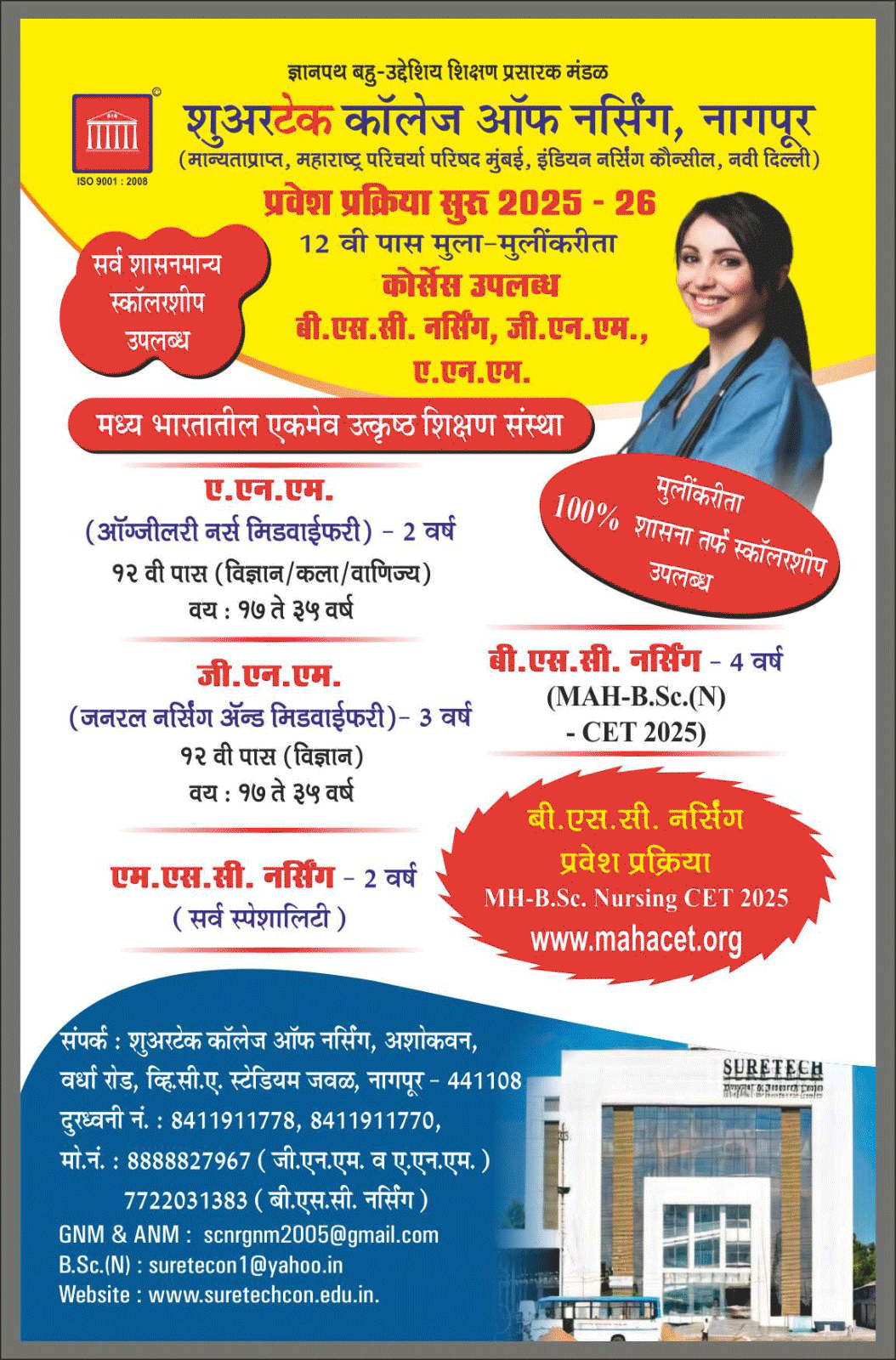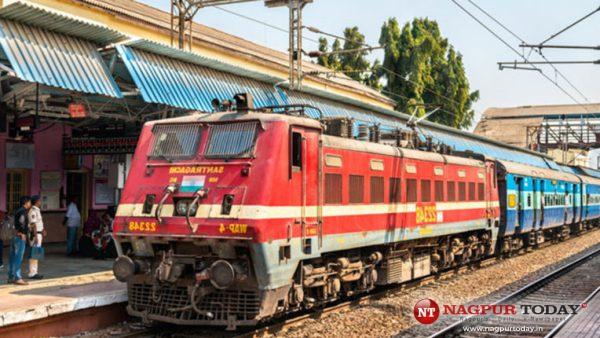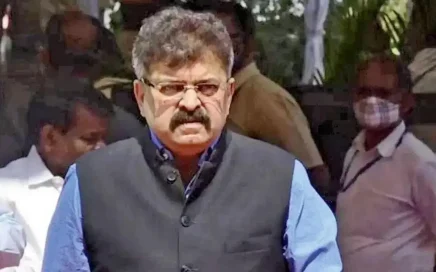Nagpur: Following the successful execution of the unigauge policy, the Railways is now preparing for its next substantial undertaking: Achieving unified speed standards across the entire pan-Indian network. Reports from various media outlets suggest that the upcoming plan involves setting a standardized speed of 130 km/hr for all long-distance passenger trains. This initiative represents a strategic move toward streamlining and enhancing the efficiency of the nation’s railway system.
Indian Railways has envisaged transforming by enhancing the speed in sections that would boost the tourism sector. The acceleration of long distance trains would also put Railways in a much competitive position on the road network where visible changes have already provided a much needed boost to the economy. So for upgradation of sectional speed, Railways have identified its corridors, some of them are shortlisted from view point of their tourism potential.
Further in the first phase all the remaining corridors on the golden quadrilateral would be taken-up for enhancement of section speed to 130 km/hr. Indian Railways as such is readying to leap into the next generation by going for average speed of 130 km/hr on all sections crisscrossing the vast landscape of the country.
Railway Board has chalked out an ambitious programme wherein all Broad Gauge (BG) routes would be upgraded to handle the maximum speed limit. At present many of the sections are gradually running Mail/Express trains at 110 to 120 km/hr while for 130 km/hr speed, several safety features are needed on track. Several routes on golden quadrilateral have already switched over to minimum 130/km hr criteria and it has provided rich benefits to Railways.
The idea as per Board communication to General Managers across 16 Zones of Indian Railways, is to reduce the travel time. At the same increased speed will have one distinctive advantage, the enhancement of throughout, the real bread and butter for Railways, as it has set a target of achieving 3,000 MT goods transportation target. The Board has adopted a speed policy framework, identifying 53 sections in the country for upgradation of track network, primarily on golden quadrilateral and diagonal routes.
In the correspondence, the Board has sought a time frame from General Managers and requirements for increasing the sectional speed to 130 km/hr. Once the estimates are received they would be clubbed under umbrella work and funds routed in 2023-24 railway budget for starting the work which is a long drawn process.
The requirement for upgradation needs total track renewal with affixing of new fastening clips, changing the old and worn sleepers and tracks. Also, it is important to have the right thickness to ballast so that they can absorb the shocks due to higher speed. Already many mainlines on Central Railway and South East Central Railway have been upgraded to handle trains with maximum 130 km/hr speed.















